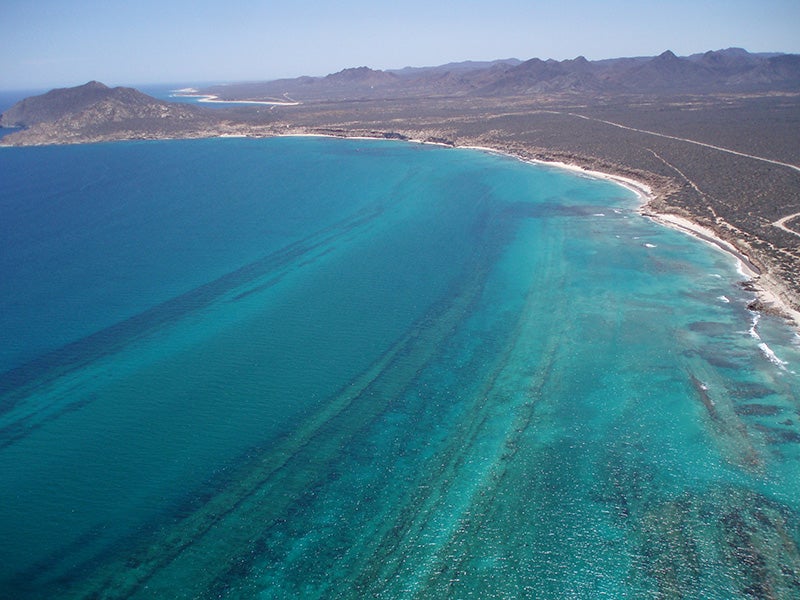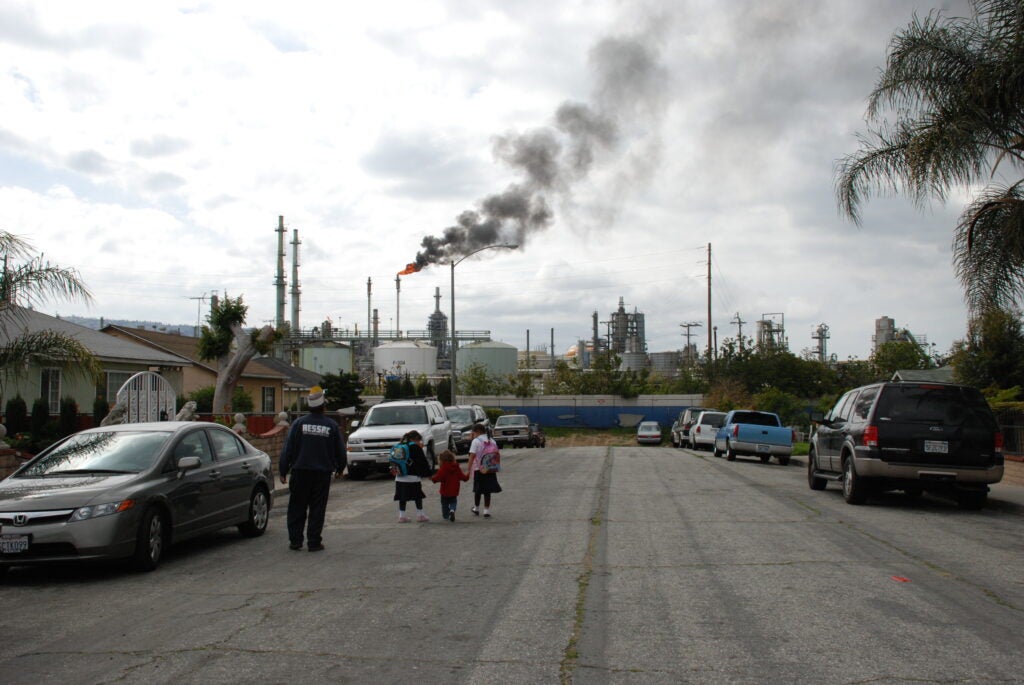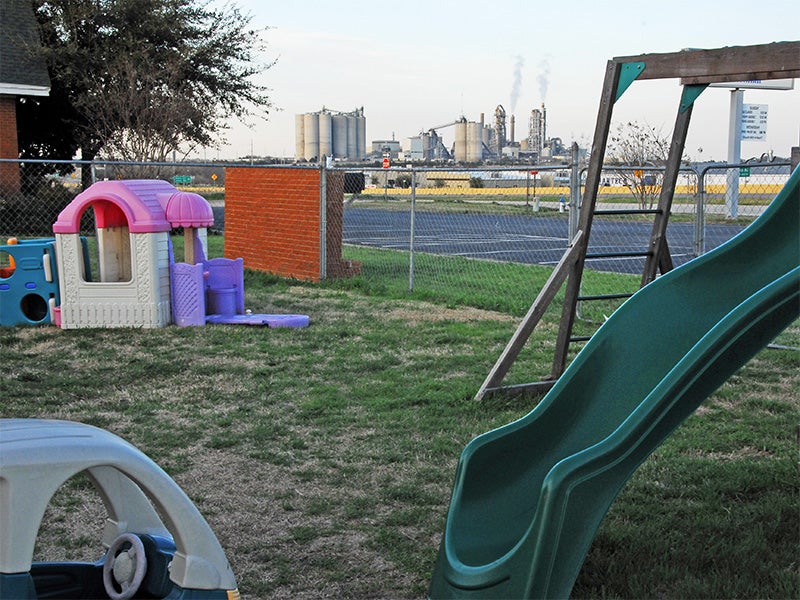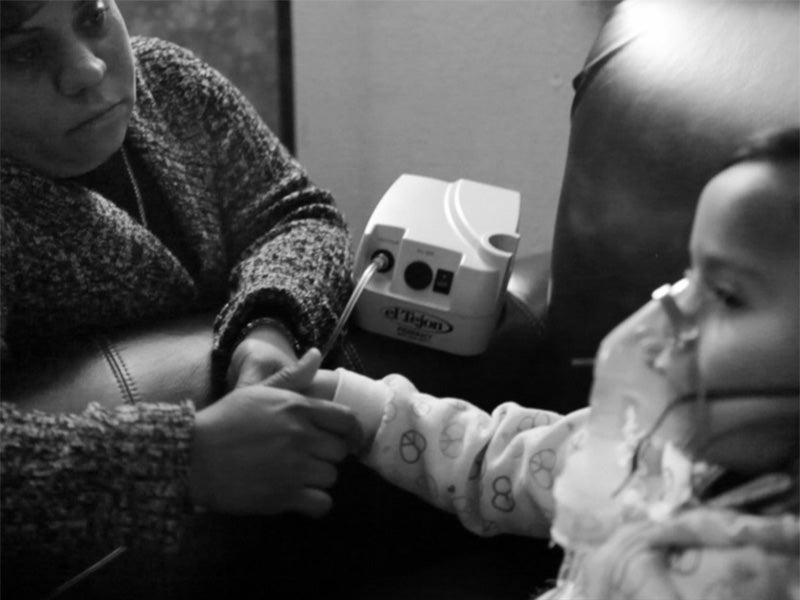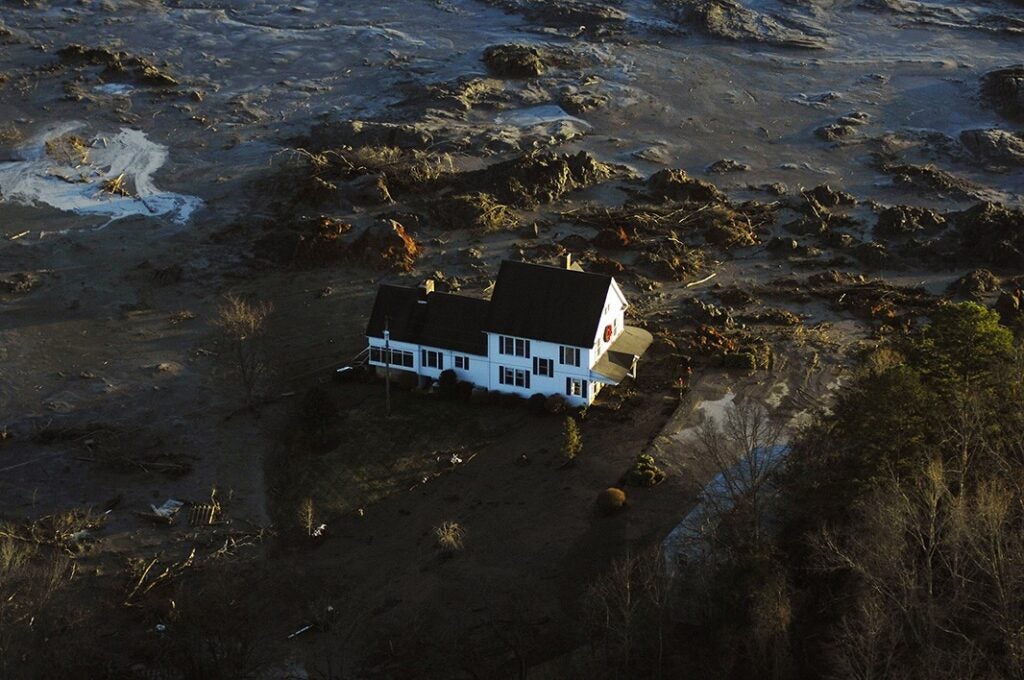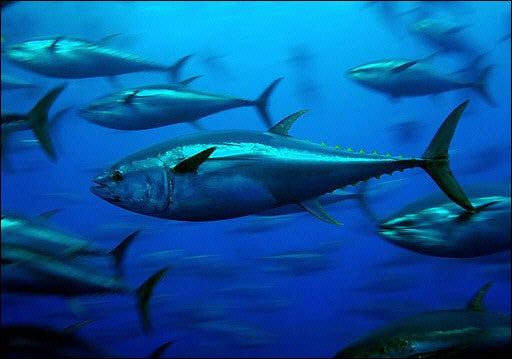Uncategorized
Tri-National Organization Calls for Investigation of Mexico's OK on Coastal Projects in Gulf of California
Development projects in Mexico may violate Mexico's own environmental laws
Read MoreCould Your Child be in Danger From a Refinery or Chemical Disaster While At School?
Could your child be in danger from a refinery or chemical disaster while at school? Find out: New interactive map and report from Center for Effective Government.
Read More20 Years, Yet EPA Still Fails to Protect Us From Polluting Incinerators
Recognizing the threat incinerators pose to public health, Congress directed the EPA to set strict limits on all waste-burning incinerators by 1994. Twenty years later, EPA has only set pollution limits for 106 of the about 15,000 total facilities across the country.
Read MoreMATES Study Confirms Air Progress in LA Areas, But Safe Air Hasn’t Been Achieved for All
Breathing toxic air has consequences far worse than we originally thought. The recently released 2014 Multiple Air Toxics Exposure Study indicates progress on air pollution, but also highlights that the fight for clean air isn't over yet.
Read MoreCalifornia: A Terrible Place To Breathe
The Golden State claimed all five of the top slots for the highest air pollution in the American Lung Association's 2014 State of the Air Report.
Read MoreMore Coal Ash Disasters in Waiting
EPA finds eight more dangerous coal ash ponds in poor condition
Read MoreGlimmers of Hope in the Global Effort to Save Bluefin Tuna
Recent developments in the Pacific, Atlantic, and Gulf of Mexico
Read MoreClimate Change Laps at Our Doorstep
For the citizens of the nations represented by the Alliance of Small Island States, climate change is not an abstract threat. They face immediate danger today.
Read MoreTackling the Challenge of Climate Change: A Near-Term Actionable Mitigation Agenda
Commissioned by the Republic of Nauru, Chair of the Alliance of Small Island States (AOSIS) and written by 30 leading climate and energy experts from around the world
Read MoreJoining the March for Climate Change Action
Earthjustice joins march for climate change action in New York.
Read More